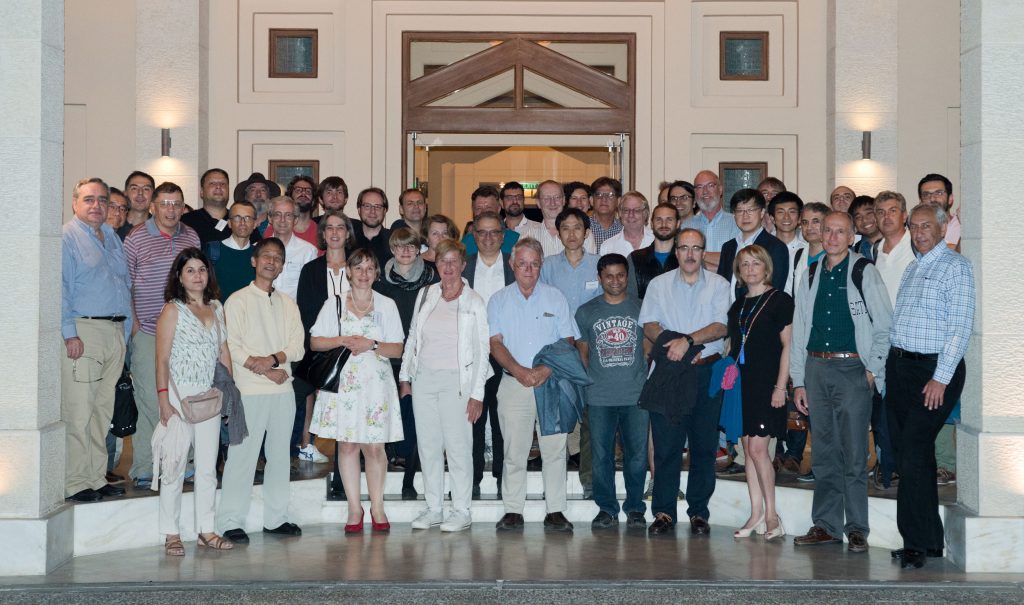by Dimitris Vlassopoulos, FORTH, Crete, Greece
Ring polymers have emerged as an extraordinary topic at the forefront of soft matter research. They have substantial implications for polymer physics, e.g. unusual stress relaxation, no entanglement plateau, viscosity modification in ring-linear polymer mixtures, and also for biology, for instance in terms of the structure-dynamics of chromosome territories, as well as DNA structure and flow. SoftComp has led recent developments through the discovery of the role of ring purity and novel studies on rheology and the short-time diffusion of rings and ring-based mixtures. The Crete and Jülich groups have been particularly active and are collaborating with the world-leading Rubinstein theory group (Duke University).



